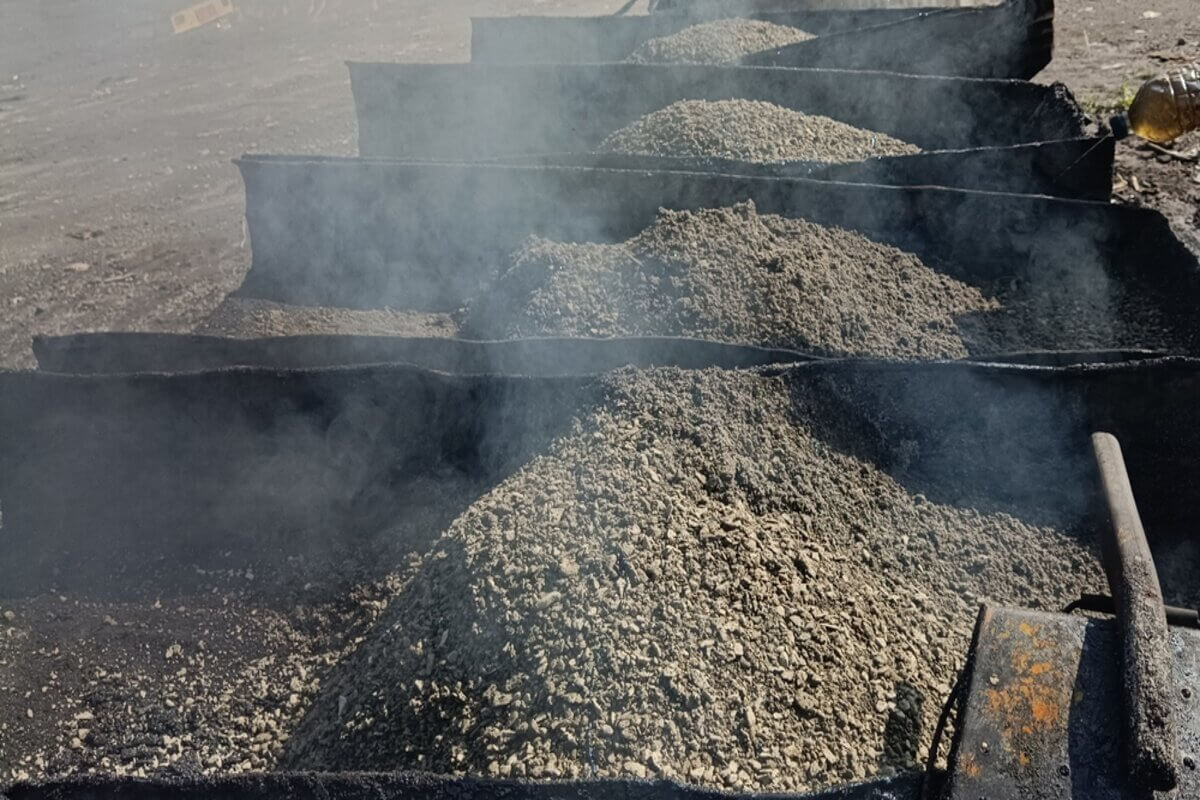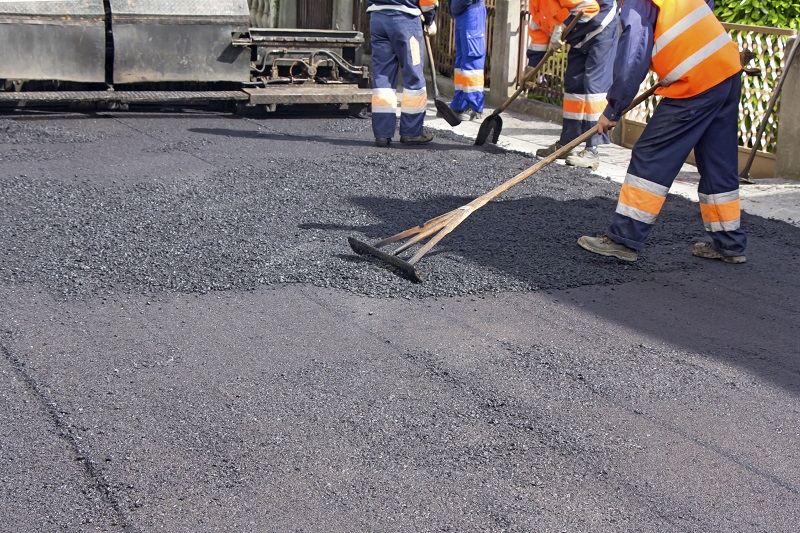Reimagine Your Space: Hot Mix Asphalt Paving for Angled Parking Lot Tasks
Reimagine Your Space: Hot Mix Asphalt Paving for Angled Parking Lot Tasks
Blog Article
Unlocking the Tricks of Warm Mix Asphalt Technology
Discovering the midsts of hot mix asphalt modern technology reveals a world where accurate formulations and thorough processes merge to form our roadways and framework. The fusion of aggregates, binders, and fillers isn't merely a construction task but a critical orchestration of resilience and efficiency.
Importance of Warm Mix Asphalt
Warm Mix Asphalt plays an essential duty in modern framework growth due to its longevity and cost-effectiveness. As the most typically made use of leading material for roadways, highways, and parking lots, Warm Mix Asphalt supplies a range of advantages that contribute to its value in building projects.
The durability of Warm Mix Asphalt stems from its make-up, which consists of accumulations, binder, and filler materials that are carefully selected and mixed to meet specific efficiency demands. In general, the significance of Hot Mix Asphalt in infrastructure advancement can not be downplayed, as it continues to be a foundation of modern building and construction practices.
Parts of Asphalt Mixes
The make-up of asphalt blends contains carefully chosen aggregates, binder, and filler products that are critical for accomplishing details performance needs. Accumulations are the main part of asphalt blends, giving stamina and security. These aggregates can be all-natural, such as crushed rock or crushed stone, or synthetic, like recycled products from old sidewalks. The binder, typically bitumen or asphalt cement, holds the aggregates with each other and provides flexibility and toughness to the mix. The selection of the binder is critical as it directly influences the mix's efficiency in various weather. Fillers, such as moisturized lime or Rose city cement, are used to boost the mix's workability and aging resistance. Angled Parking.
The combination and proportion of these elements play a substantial duty in establishing the quality and performance of the asphalt mix. Designers thoroughly develop the mix to meet specific demands, considering factors like traffic volume, environment conditions, and sidewalk life expectancy. Appropriate option and balancing of accumulations, binder, and fillers are vital for developing long lasting, durable asphalt sidewalks.
Mixing and Manufacturing Techniques

As soon as the aggregates are chosen, the binder, usually asphalt cement, is included in bind the products together. The binder's high quality and quantity considerably affect the mix's adaptability, strength, and resistance to environmental elements. Furthermore, fillers like hydrated lime or Portland cement may be included to enhance certain qualities of the asphalt mix, such as its workability or moisture resistance.
During manufacturing, the accumulations and binder are blog here heated up, usually in between 250-325 ° F(121-163 ° C ), to assist in blending and guarantee proper finish of the accumulations. The mixing process needs to be complete to achieve an uniform blend that advertises the wanted efficiency attributes of the asphalt. Various strategies, such as batch mixing or drum blending, are employed to attain regular and top notch asphalt mixes for construction projects.
Aspects Influencing Asphalt Performance
Aspects affecting asphalt efficiency encompass a series of variables that affect the durability, durability, and general quality of asphalt sidewalks. One key aspect is the high quality of products used in the asphalt mix. The kind and source of accumulations, the binder high quality, and the additives all play a substantial duty in establishing the performance of the asphalt sidewalk. The gradation of accumulations is crucial as it impacts the mix's resistance, workability, and security to rutting and breaking.

Layout considerations, such as sidewalk thickness and drain, are essential in making certain the long-term performance of the asphalt sidewalk. By thoroughly thinking about these variables, engineers and contractors can enhance asphalt efficiency and enhance the solution life of pavements.
Lasting Practices in Asphalt Technology

Furthermore, the advancement of warm-mix asphalt (WMA) innovations has gained traction recently. WMA permits the manufacturing and positioning of asphalt mixes at lower temperature levels contrasted to traditional hot-mix asphalt, causing minimized power consumption and greenhouse gas exhausts. The use of porous asphalt mixes can click here to read aid mitigate stormwater drainage issues by permitting water to penetrate via the pavement and right into the ground, promoting natural water filtering and charge procedures. By applying these sustainable practices, the asphalt sector can web add to building a much more resistant and eco friendly framework network.
Conclusion
Finally, hot mix asphalt modern technology plays a vital duty in modern framework advancement because of its durability and cost-effectiveness. By thoroughly stabilizing parts, using correct mixing techniques, and thinking about different variables, designers can create high-grade asphalt blends that stand up to rush hour lots and severe weather. Embracing sustainable practices, such as using warm-mix innovations and recycled products, further enhances the environmental kindness of asphalt innovation.
Blending and production strategies in hot mix asphalt innovation include the precise combination and processing of accumulations, binder, and fillers to create a high-performance and long lasting asphalt mix.Elements influencing asphalt efficiency include a variety of variables that affect the toughness, longevity, and total quality of asphalt pavements. Lasting practices in asphalt innovation include various efforts intended at minimizing the environmental effect of asphalt manufacturing and paving processes. By incorporating reclaimed asphalt pavement (RAP) and recycled asphalt shingles (RAS) into new asphalt mixes, the market can considerably reduce the consumption of raw materials and energy, while additionally reducing garbage dump waste.
WMA enables for the manufacturing and positioning of asphalt mixes at lower temperature levels contrasted to traditional hot-mix asphalt, resulting in reduced energy consumption and greenhouse gas exhausts.
Report this page